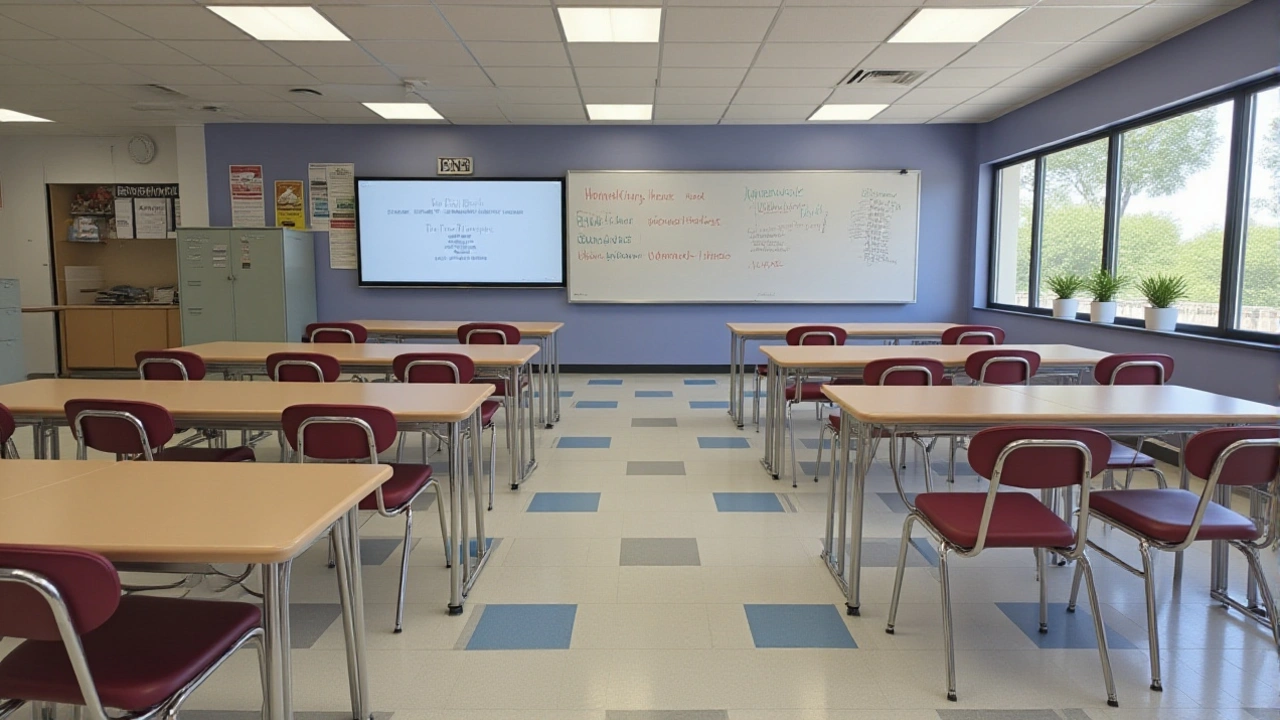Sex Education Advisory Board
When you hear about Sex Education Advisory Board, a panel of health experts, educators, and policy makers that shapes sex education policy. Also known as SEAB, it acts as the bridge between scientific research and classroom practice. The board reviews evidence, advises ministries, and ensures that teaching material reflects current health knowledge. In everyday language, think of it as the group that decides what students learn about relationships, consent, and safety.
Why the Board Matters
At its core, the board relies on solid Sex Education, educational content covering human sexuality, relationships, and well‑being principles. These principles become the backbone of national Health Curriculum, structured learning plans that integrate medical facts, cultural sensitivity, and life skills. By setting standards, the board helps schools avoid guesswork and gives teachers a clear roadmap. That's why every new health lesson often cites the board’s recommendations before hitting the classroom.
Composition matters as much as the advice itself. Members typically include pediatricians, psychologists, gender studies scholars, and community leaders. This mix ensures the board can address medical accuracy, mental‑health impact, and social context all at once. The board’s work requires a deep understanding of Youth Policy, government strategies aimed at protecting and empowering young people. When a new guideline on consent is drafted, the board checks how it fits into existing youth‑focused laws, making sure the advice is both legal and practical.
Community outreach is another pillar. The board doesn’t just sit in meetings; it runs workshops, webinars, and public forums to gather feedback from parents, students, and NGOs. This outreach ties directly into broader Public Health, population‑level initiatives that aim to improve health outcomes for everyone goals. By listening to local concerns, the board can tailor messages that resonate, whether that means adding culturally relevant examples or addressing myths that circulate on social media.
Evidence‑based practice fuels every recommendation. Researchers publish data on teenage pregnancy rates, STI trends, and the effectiveness of different teaching methods. The board sifts through this evidence, extracts actionable points, and translates them into curriculum modules. This process creates a feedback loop: schools implement the modules, collect outcome data, and send it back to the board for refinement. In short, the board turns raw numbers into real‑world lessons.
Challenges are inevitable. Cultural resistance, funding gaps, and misinformation can stall progress. The board tackles these hurdles by partnering with NGOs for grant support, launching media campaigns to debunk myths, and engaging faith leaders to find common ground. When budget cuts threaten program delivery, the board prioritizes core topics—like consent and contraception—ensuring that essential knowledge never slips through the cracks.
Technology adds a new dimension. Online learning platforms let the board distribute lesson plans instantly across remote schools. Interactive apps can simulate scenarios, helping students practice decision‑making in a safe environment. The board also monitors digital trends, adjusting its guidance to address issues like sexting, cyber‑harassment, and the impact of AI‑generated content on youth perceptions.
On the global stage, the board aligns its standards with World Health Organization guidance and UNESCO recommendations. This alignment ensures that South African students receive education comparable to international best practices while still honoring local values. By staying in sync with global benchmarks, the board can advocate for policy changes that keep the nation competitive in health outcomes.
The ripple effect reaches families too. Parents receive clear take‑home materials that explain what their children are learning, reducing the fear of unknown topics. Teachers gain confidence knowing they have a vetted framework to follow, which improves classroom engagement. Schools report lower rates of bullying and higher student confidence when the curriculum reflects the board’s comprehensive approach.
Below, you’ll find a curated set of articles that spotlight the board’s work in action—policy updates, school initiatives, community stories, and expert interviews. Whether you’re an educator, parent, or policy buff, the collection gives you a front‑row seat to how the Sex Education Advisory Board is shaping the future of youth health education today.






